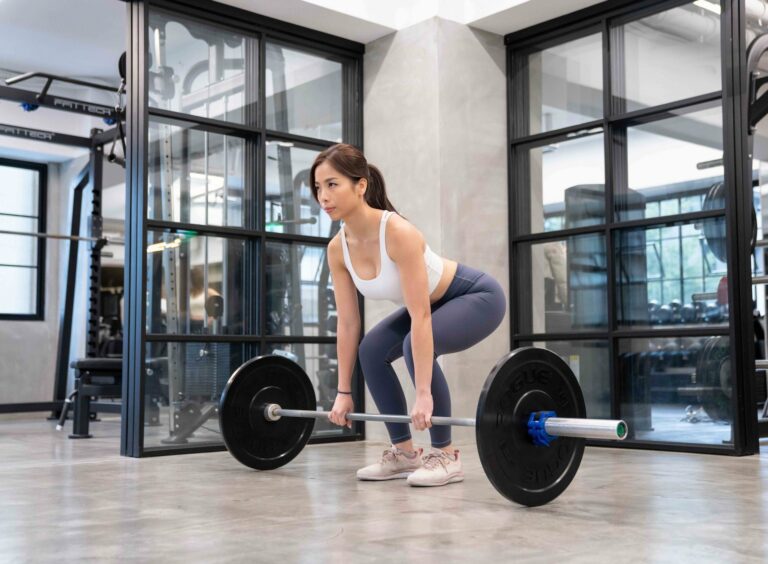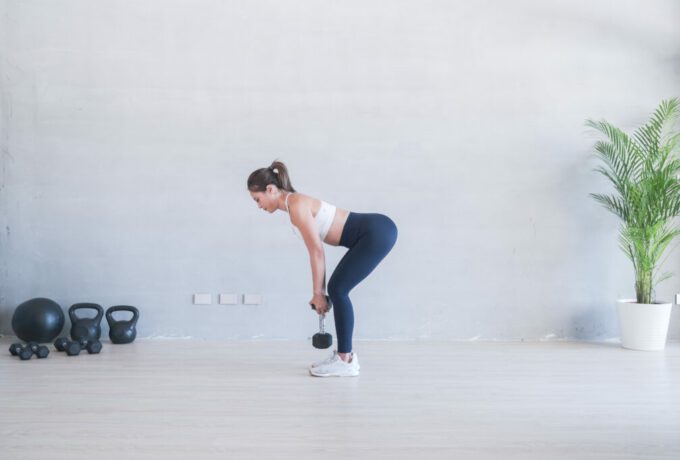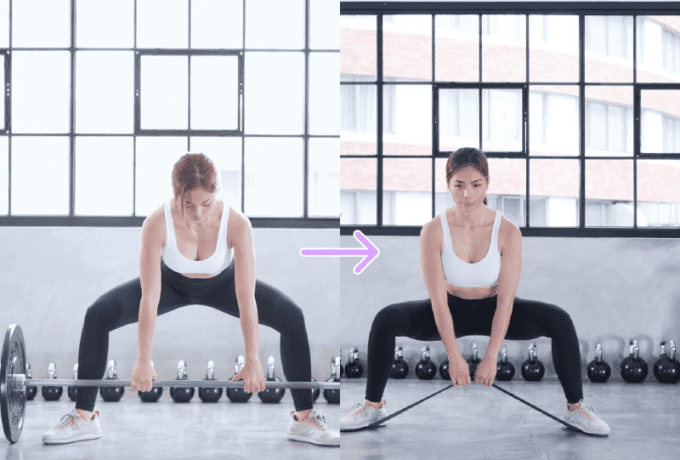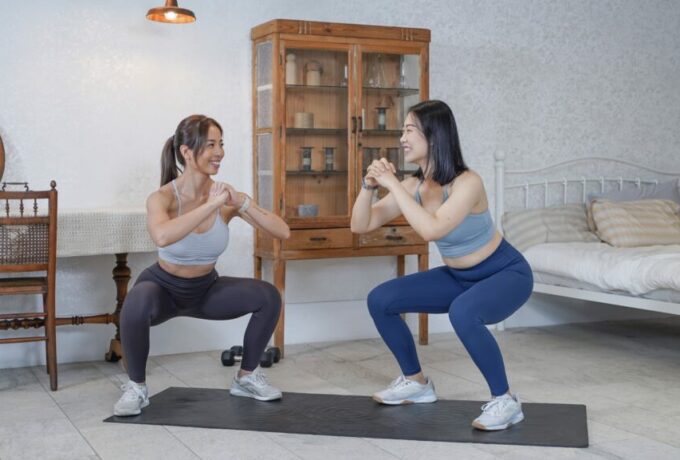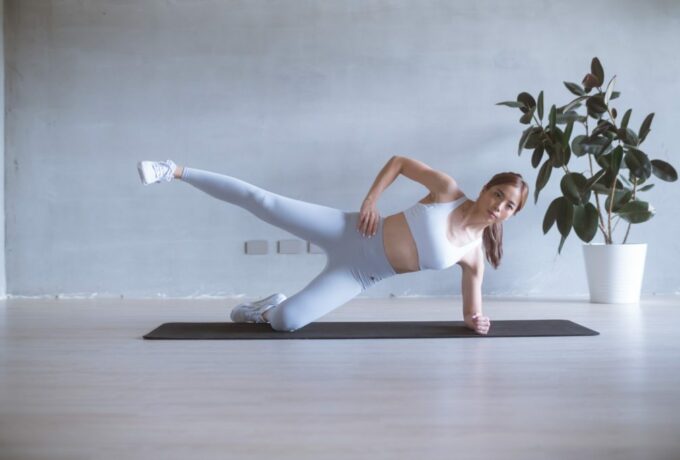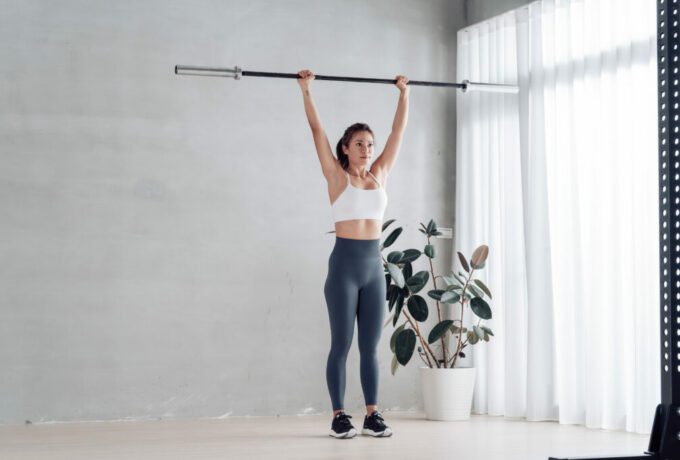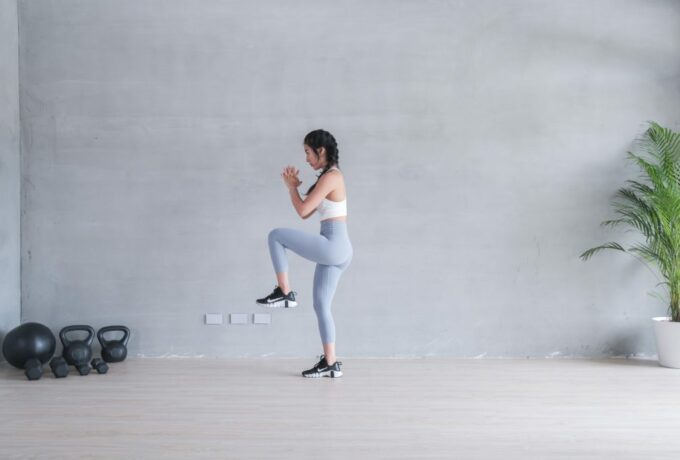The first problem I encountered when I started working out was: how heavy should I hold the bar? When I started to learn kettlebell training, I ran into the same problem again: how many kilograms of kettlebells should I use?
If you are also worried about “how to choose the right weight for you?” this article will help you solve this problem.
Before choosing a weight, we must first understand what RM, RPE, and RIR are.
RM (Repetition Maximum)
RM is the weight at which you can do the maximum number of reps. For example, if your 1RM for a 60kg kettlebell squat is 1, it means you can only squat a maximum of 1 rep with a 60kg kettlebell. So, if you want to do 10 to 12 kettlebell squats today, the weight you choose will probably be 45 to 50% of 1RM, which means you should choose a weight of about 25 to 30 kg. However, this is not the best way to choose a weight, and you will learn why at the end of this article. Also note that there is no standard value for RM because everyone has a different level of muscle strength, so everyone has a different RM.
RPE (Rating of Perceived Exertion)
Voluntary exercise intensity
When you exercise, you can decide the intensity of the exercise according to the degree of fatigue, which is as follows:
RPE 14: no feeling ~ relaxed
RPE 57: feel moderate ~ effort
RPE 8 ~ 10: very hard ~ extreme
Suppose today’s class schedule is to do 12 kettlebell squats. In that case, you should choose the weight that makes you feel the strain at the 8th to 9th rep (RPE67) but still allows you to maintain the correct posture and complete 12 reps without any problem (RPE 810). Such a weight will be more suitable for your muscle strength level.
RIR (Reps in Reserve) Retention Reps
RIR is similar to RPE, but instead of using self-perception to express strength, RIR uses the number of reps to express strength. For example, RIR 3 means that after completing a set of 12 kettlebell squats, your body still has 3 more reps (reps in reserve). In other words, RIR 0 means that you have reached your limit and cannot do any more, which is equivalent to RPE 10. So, as with RPE, I would recommend taking the weight and doing the set with about RIR 3 or less (assuming proper posture and no substitutions).

Which is better, RM, RPE or RIR?
All three are good strength indicators, but I would say RPE and RIR are the better methods. Let me give you an example: if your barbell squat 1RM is 60kg and today you want to do 12 sets of four training, but your body and mental condition are not good due to working late last night and your period, would you still choose 25-30kg to complete the 12 sets? You may find that squatting is especially heavy and weak today, and 25-30kg is already the limit. Because you are not in good physical condition, it is not accurate to choose the weight using the RM method. That is why I think the RPE and RIR approaches are more appropriate. You can judge whether the intensity is too high and the weight is too heavy according to your physical condition on that day and make adjustments at any time.
In short, whether it is RM, RPE, or RIR, you must understand that everyone’s values are different, and you should not use other people’s values to apply to yourself.
For novice fitness enthusiasts, how can you use the above indicators to find the right weight?
When you encounter a new piece of equipment or an unfamiliar movement, the first thing you should do is use the lightest weight and move your joints first to familiarize yourself with the exercise track. Then adjust the weight according to your training goals. After using the lightest weight, adjust to the appropriate resistance according to your body’s feedback, try 2-3 repetitions, and then adjust to a weight that you can complete 12 repetitions of training according to the condition of your muscles. But avoid choosing a weight that is too light, as it won’t stimulate the muscles to achieve the training effect. So, the weight you choose should be in the 8th-9th range, where you already feel the strain (RPE 6-7), but you can still maintain correct posture to complete 12 repetitions (RPE 8-10).
However, it is important to note that there is no need to unnecessarily pursue the weight of “1RM” and challenge the maximum stimulus that can be done, but rather focus on the quality of training, the feeling of the muscles, and whether there is a phenomenon of compensation.
At what stage of training can we increase the weight?
The answer is very simple: if you perform the same training action, the same number of times, and feel “relaxed,” it means that your body has adapted to the current resistance and can move towards a more challenging weight. But not every training requires maintaining the same weight. We also need to adjust the weight in the same set of movements to ensure the body’s strength and feeling. Therefore, the concept of weight is not a very standardized SOP. When training, we need to be attentive to the changes in our body to find the most comfortable and challenging intensity.
Most importantly, we need to record our weight and repetitions every time we train, and the number grows, which also means we are improving! Use the Nuli app to track your progress, and see your gains over time

